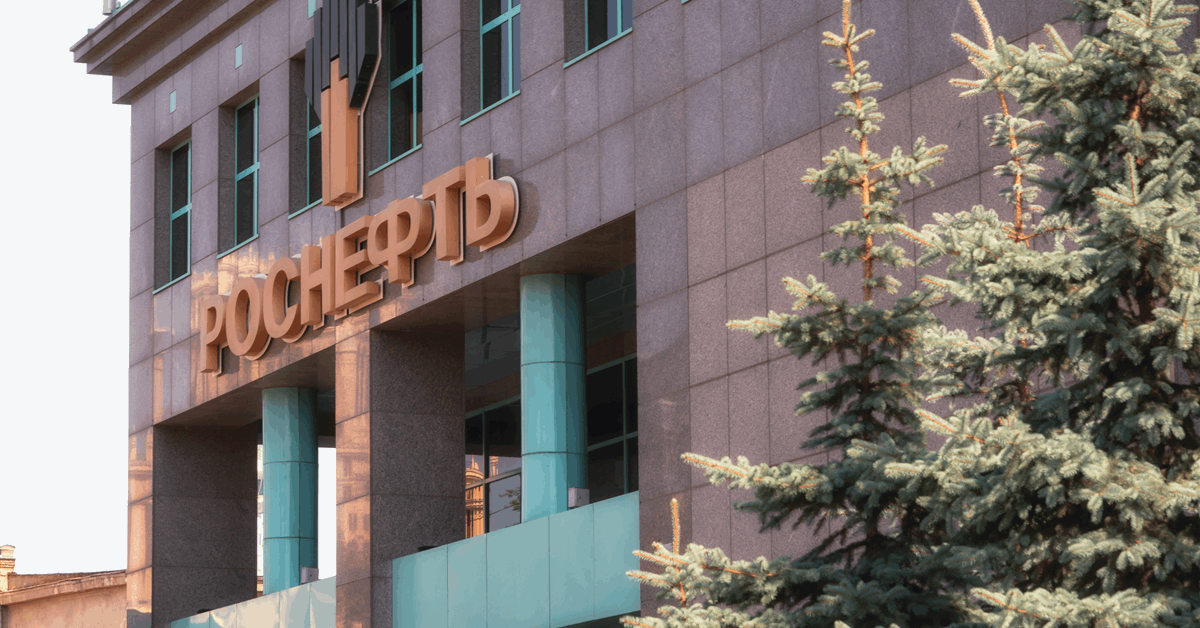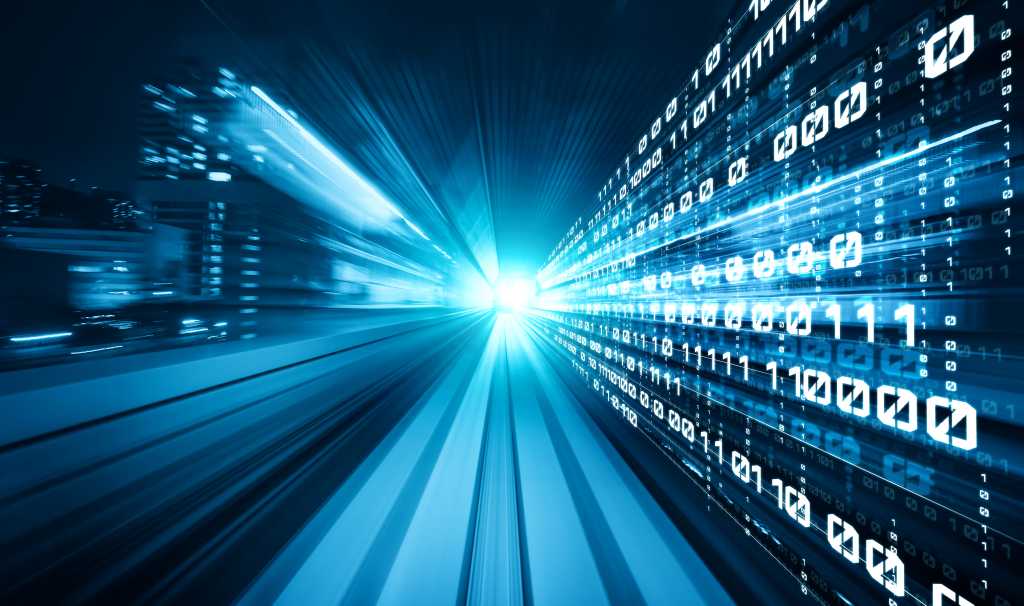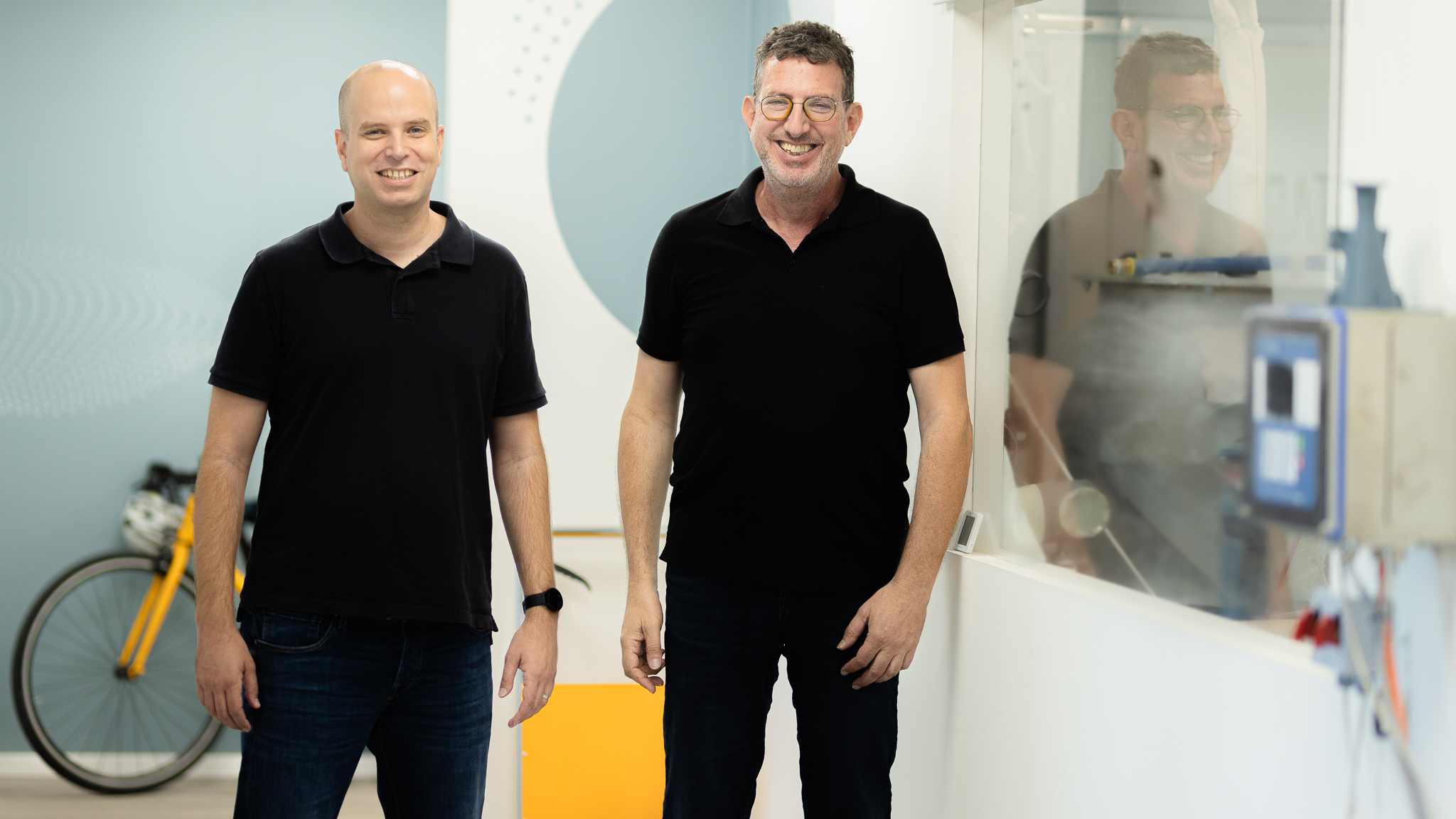
PLAQUEMINES PARRISH, LOUISIANA—U.S. Secretary of Energy Chris Wright and U.S. Secretary of the Interior Doug Burgum, both leaders of the National Energy Dominance Council (NEDC), today joined more than a thousand American energy workers at Venture Global’s Plaquemine LNG Export facility to highlight the impacts of President Trump’s energy agenda. The secretaries joined Louisiana Governor Jeff Landry and Venture Global CEO Mike Sabel in delivering remarks before touring the facility and speaking to the press.
Thanks to President Trump’s commitment to restoring American energy dominance and day one reversal of the Biden-Harris LNG export permit ban, Sabel announced today that Venture Global would be making an additional $18 billion expansion to the Plaquemine LNG Export facility – making the facility the largest in the United States.
Less than 50 days into the Trump administration, American energy companies are producing more energy here in the U.S. – lowering prices, providing good-paying jobs, strengthening local communities, and bolstering America’s national security.
In case you missed it, remarks from Secretary Wright and Burgum are below:
Secretary Wright:
America is back.
You, all of you here today, are bringing America back, making us greater and making us stronger. I could not be more humbled and proud to stand among you today. God bless what you do today and what you do every day.
I want to also thank President Trump. He worked tirelessly, even putting his own life at risk to go back to Washington to become our president again, to bring commonsense back to Washington, DC. It all left the city. He brought back common sense with a simple agenda unleash American energy, unleash American business, and unleash the American spirit.
And I see it here today with all of you. He’s from the East Coast. He’s a real estate developer. But instinctually he gets energy. He knows that energy is not one sector of the economy. It’s the sector of the economy that enables everything else, everything else.
I want to thank the governor of Louisiana. Giant projects like this, they’re not getting built in California, where I lived many years. They’re not getting built in a lot of places. This takes leadership and boldness. This governor of Louisiana has allowed a flourishing in the Louisiana Gulf Coast and across the state. Louisiana today exports more LNG than every state in the United States. This is number one.
That that that bar is going to be raised even higher because in the next several years, Louisiana will become a larger exporter of liquefied natural gas than any nation on Earth. You could be your own country and be number one.
Venture global, as we heard from Mike Sable, the great, bold founding CEO, has taken huge risk. They raised money from all across America, from American like us, to build this business and make a bet. Make a bet on American energy production.
The United States 15 years ago was the largest importer of natural gas in the world. And with bold entrepreneurs and leadership like President Trump, our governor in Louisiana, and Venture Global, today, the United States is the largest net exporter of natural gas in the world and growing strong, growing strong.
What’s the fastest growing source of energy on the planet by far is natural gas. I looked at this over the last 15 years. Nothing else is close. Oil is second, by the way. The fastest growing sense source of energy in the planet is natural gas. The largest producer of natural gas on the planet is the United States.
And so hence we’re growing our exports because of your work, because of your efforts, we’re going to increase the prosperity of America, increase the strength of America, increase the opportunities for Americans and for the citizens of the world.
Where does this gas go? What’s this gas going to do? It’s going to make fertilizer so farmers can grow more food and feed everyone. It’s by far the largest source of electricity in the United States. Natural gas is. It’s to make petrochemicals. All the clothes were wearing the toys. Our cars are our computers. Our phones. Those are all made of natural gas.
All the uses of natural gas, you can say. In short, they make our lives possible. They allow us to have a modern world and live these wonderful lives we live.
But that doesn’t fall from heaven. That doesn’t just fall on earth. It has to be made, produced and delivered. And that only happens with hard working people like you. You are changing the world. You are changing people’s lives.
I’ll end there. I just am humbled to be among you. I’m proud to be among you. I cannot overstate how important what you’re doing is and how aligned it is with the agenda of President Donald Trump. This guy wants America to be great. He wants America to be strong. He wants to lower our cost and expand opportunities for Americans.
A strong, energized, empowered America is not just good for Americans. It’s good for the world. God bless you. God bless America and God bless President Trump.
Secretary Burgum:
What a gorgeous day we have here today. And today is a day of gratitude. And it’s a day of celebration.
You’ve heard from the great speakers up here, my friend, Governor Jeff Landry. We’ve got two amazing entrepreneurs, Mike and Bob and the amazing Chris Wright. But we’re celebrating today American innovation, American entrepreneurship, and American workers. I stand here before you humbled because I can’t think of anything more patriotic.
There’s no place I’d rather be than here looking at all of you standing here among this, this creation that you’ve built. And it started with two guys that said, hey, maybe we can do something that’s never been done before. Maybe we can invent a new way to think about how we want to process natural gas. Maybe we can figure out that the U.S., instead of being a net importer, is going to be a net exporter.
And it was a couple of guys just sitting around a table that came up with the idea of Venture Global. Then you hear, it’s like when only in America, now is going to be one of the most important and influential energy companies in the world. That happens in our country only when we get the government out of the way.
It happens when we cut red tape. One of our pathways to energy dominance is just unleashing the incredible resources that we have in this country. Getting the red tape, getting the federal government off the back of the worker, off the back of companies, and so that everybody can do the amazing work and build projects like this.
And so, we’re celebrating that today. But I also said today is a day of gratitude. And I want to bring a message from President Trump to all of you, because President Trump fights for all of you every day. This guy I know everybody here, you work hard, you put in a long day, you go home, you get up and you do it the next day. He respects that. And you know what? He does that too.
This guy didn’t take a day off for the last 90 days before the election. Then the next day he got up and he didn’t. He didn’t take a day off. He just started jamming all the way through to January 20th. And then since January 20th, he’s gotten more done than any president in the history of the United States ever has in their first month and a half.
And somebody asked me, what’s it like working for the president? And I said, well said, you guys, you watch football. And they said, yeah, I watch football. I said, well, think about this. Think about the best football team ever assembled. The President Trump is the team owner and he’s the manager, and he’s the head coach, and he’s playing quarterback and he’s running a no huddle offense. And everybody that’s working for him has got to scramble back to the line for the next play, because we’re just going that fast every single day. And the change that he’s driving, the red tape that he’s cutting, it’s absolutely incredible. And one of the things that we’re here today, the announcement today is happening.
The prior administration had a full-on attack against U.S. energy. They literally were stopping the permitting, killing jobs, killing capital formation, the money to come together to build something like this. And you know what that did that hurt every American and it helped our adversaries. President Trump is fighting for you every day. And he’s fighting because he believes in the we have U.S. energy dominance. It does two things. It builds American prosperity, and it brings peace abroad.
We’re in two proxy wars right now. And both of our adversaries in those wars, Russia and Iran, Iran funding 24 terrorist groups. They’re funding those wars against us with energy production. With a facility like this where we can sell LNG around the world, we’re literally going to stop war.
So, when you guys go to work every day, tell yourselves you’re just not doing a job building the most amazing, most technological plant in the planet. The biggest construction project in North America. You’re also building world peace. And the other thing you’re also doing is you’re building prosperity here at home for everybody that’s here.
And it all starts with one thing, and that’s American energy. And you’re going to say it with me because with energy dominance part of our job is to cut red tape. And the other is we got to get more things flowing through those pipes heading towards Louisiana. And how are we going to do that?
You know, how we are going to do it is three words. What are we going to do. We’re going to drill, baby drill one more time. What are we going to do. We’re going to drill, baby drill. And when we do that, we’re also going to mine baby, mine. We’re going to get critical minerals going. So, we’re stop buying critical minerals from China. We’re going to map baby, map, and we get the US Geological Survey going back and actually discovering all the resources we have on America’s balance sheet.
People talk about America’s debt, $36 trillion in debt. Our assets could be 3 to 5 times more than that. But we don’t even know that because we’ve stopped looking for all the resource assets in this country. And we’re going to become an energy powerhouse. And with that, we’re going to bring inflation down for you and your families. And here at home, prosperity in America and world peace abroad.
That’s what you’re working on every day. How exciting is it to be here with all of you? And again, a message of gratitude for President Trump to you. Nothing more patriotic than American worker that’s working to build energy dominance for this country. Your impact? It carries far and wide. It touches people all over the world. And it certainly helps your kids and your grandkids, and it helps our country reduce our debt, do everything that we’re doing.
So, a big thank you from President Trump and a big thank you to the innovators and entrepreneurs that built this place and came up with the idea. And none of it happens without all of you. But let’s go. And what’s at the end? I want to say, I will say one thing when you’re doing when we’re doing this today, what are we doing together?
We’re making America great again. One more time. What are we doing? Making America great again. Thank you. Way to go, venture global. Thank you all.
###























